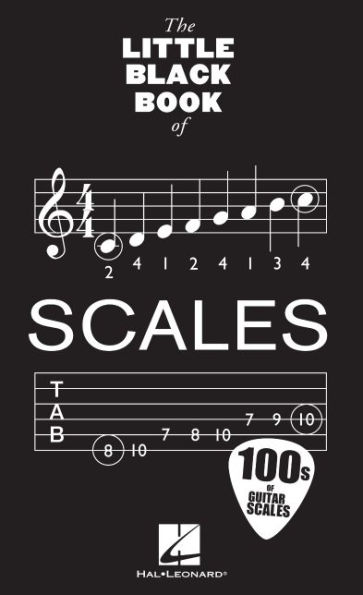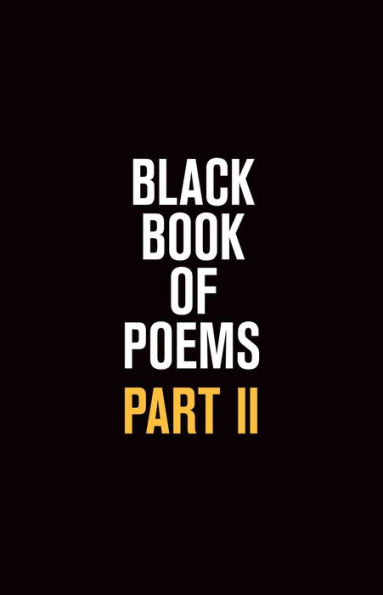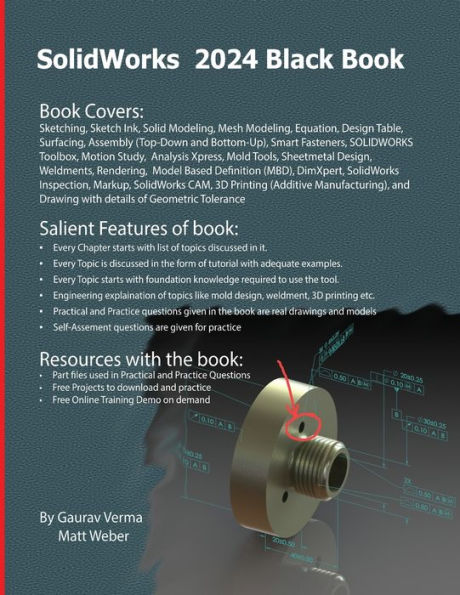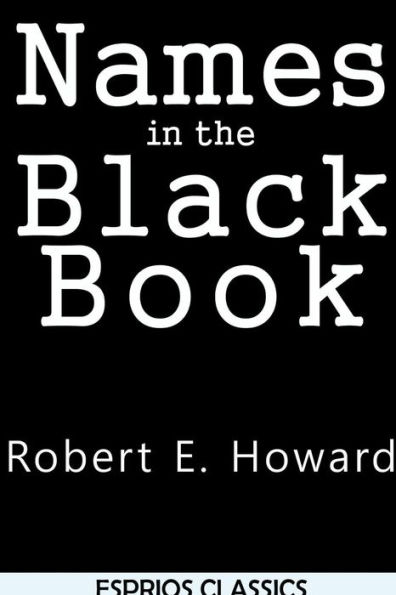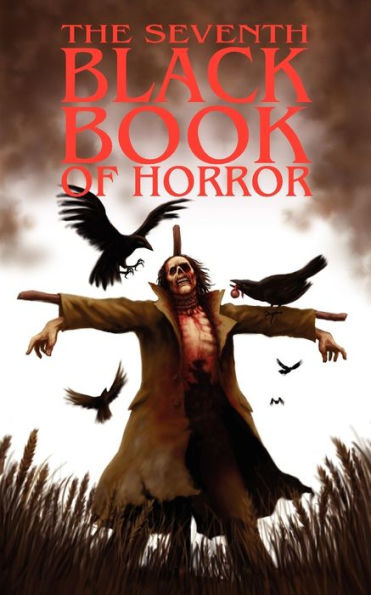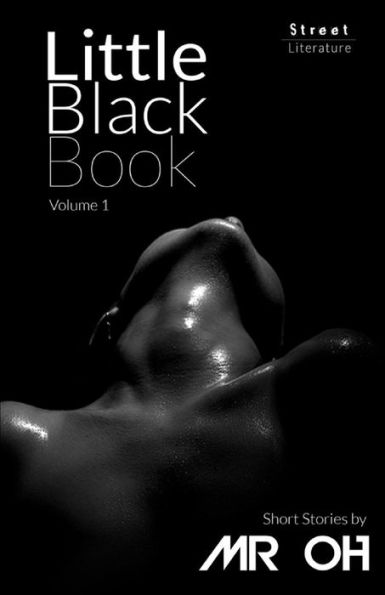Home
The Black Books
Barnes and Noble
The Black Books
Current price: $300.00
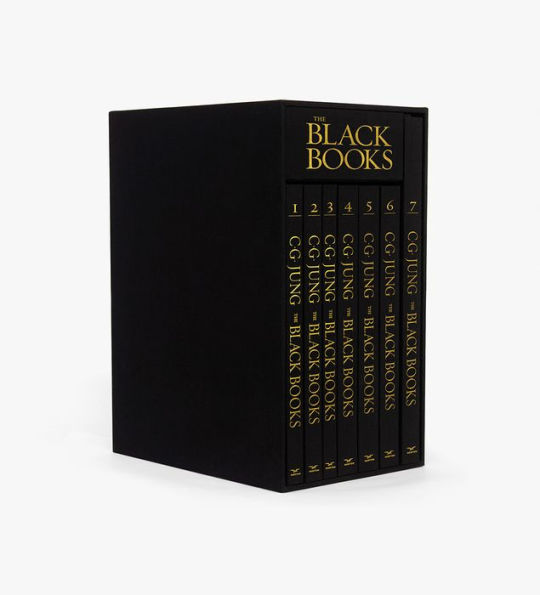

Barnes and Noble
The Black Books
Current price: $300.00
Size: Hardcover
Loading Inventory...
*Product information may vary - to confirm product availability, pricing, shipping and return information please contact Barnes and Noble
Until now, the single most important unpublished work by C.G. Jung—
The Black Books
.
In 1913, C.G. Jung started a unique self- experiment that he called his “confrontation with the unconscious”: an engagement with his fantasies in a waking state, which he charted in a series of notebooks referred to as
. These intimate writings shed light on the further elaboration of Jung’s personal cosmology and his attempts to embody insights from his self- investigation into his life and personal relationships.
The Red Book
drew on material recorded from 1913 to 1916, but Jung actively kept the notebooks for many more decades.
Presented in a magnificent, seven-volume boxed collection featuring a revelatory essay by noted Jung scholar Sonu Shamdasani—illuminated by a selection of Jung’s vibrant visual works—and both translated and facsimile versions of each notebook,
offer a unique portal into Jung’s mind and the origins of analytical psychology.
The Black Books
.
In 1913, C.G. Jung started a unique self- experiment that he called his “confrontation with the unconscious”: an engagement with his fantasies in a waking state, which he charted in a series of notebooks referred to as
. These intimate writings shed light on the further elaboration of Jung’s personal cosmology and his attempts to embody insights from his self- investigation into his life and personal relationships.
The Red Book
drew on material recorded from 1913 to 1916, but Jung actively kept the notebooks for many more decades.
Presented in a magnificent, seven-volume boxed collection featuring a revelatory essay by noted Jung scholar Sonu Shamdasani—illuminated by a selection of Jung’s vibrant visual works—and both translated and facsimile versions of each notebook,
offer a unique portal into Jung’s mind and the origins of analytical psychology.


